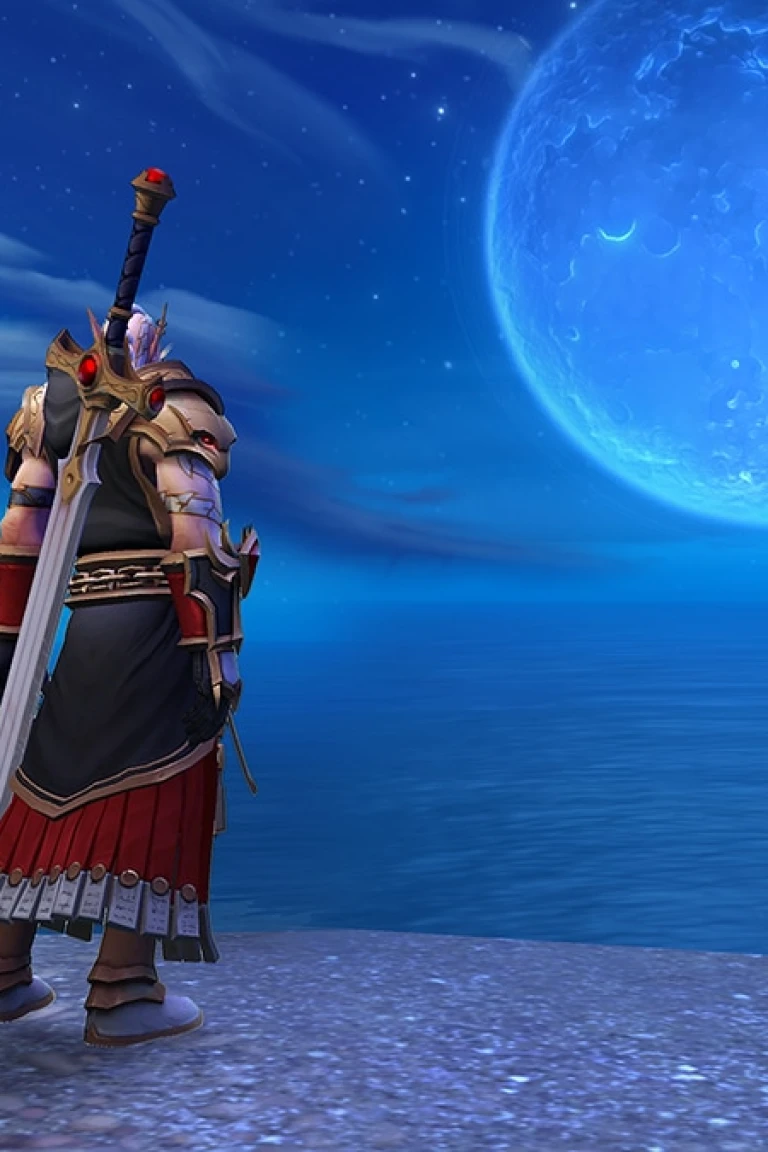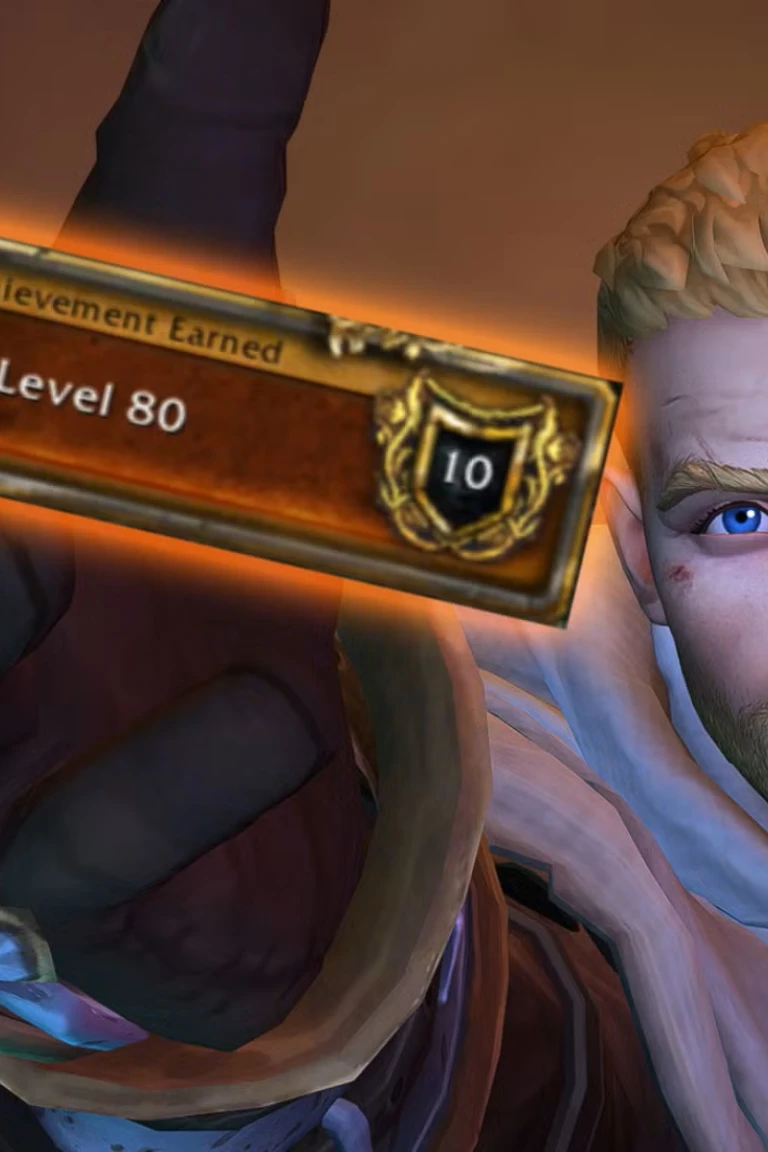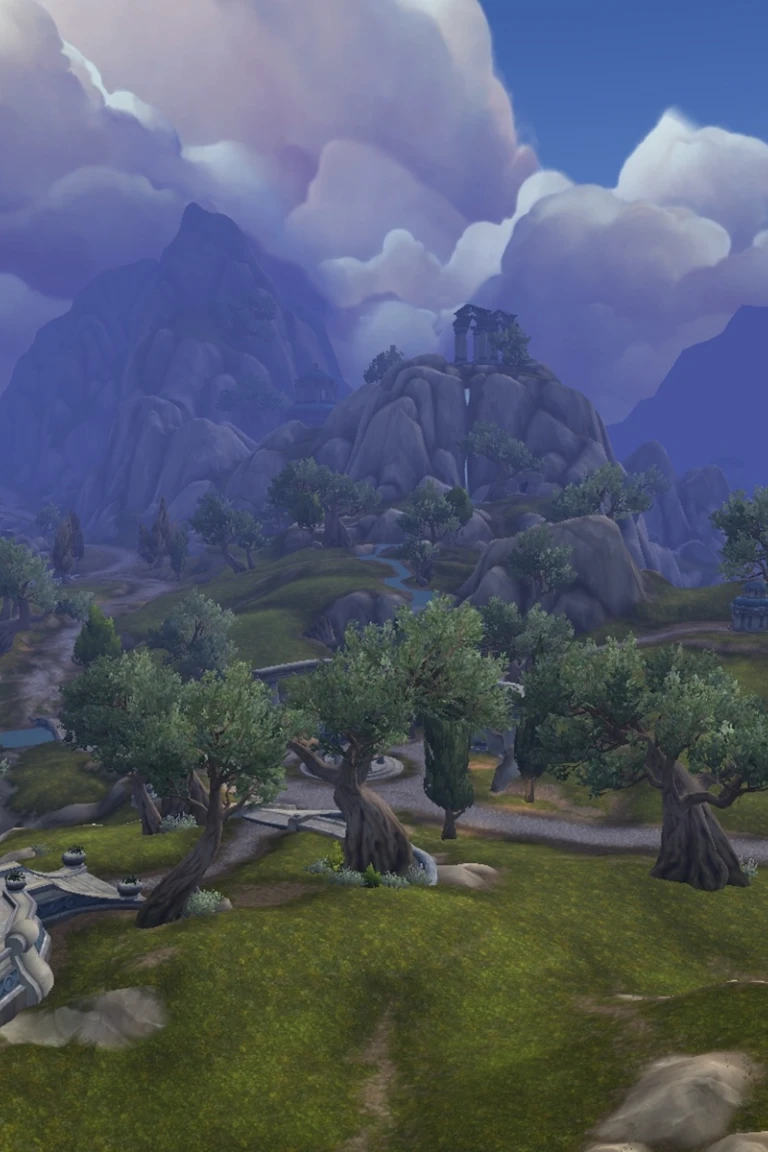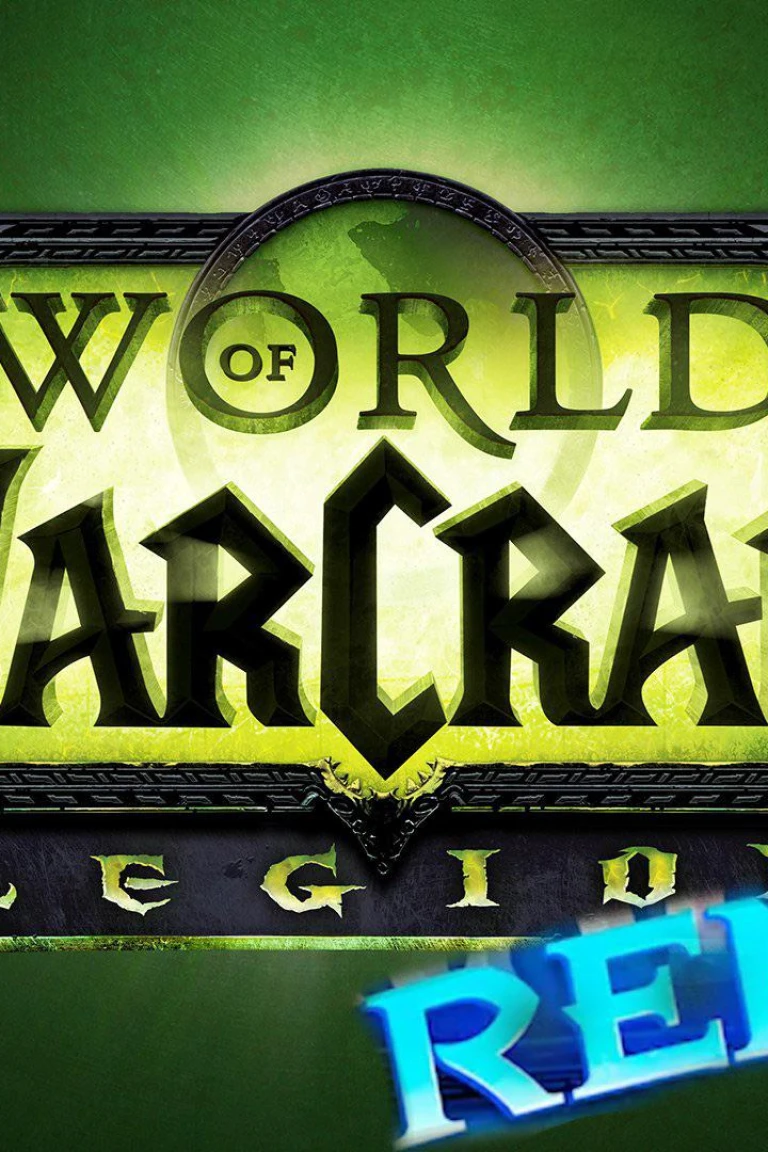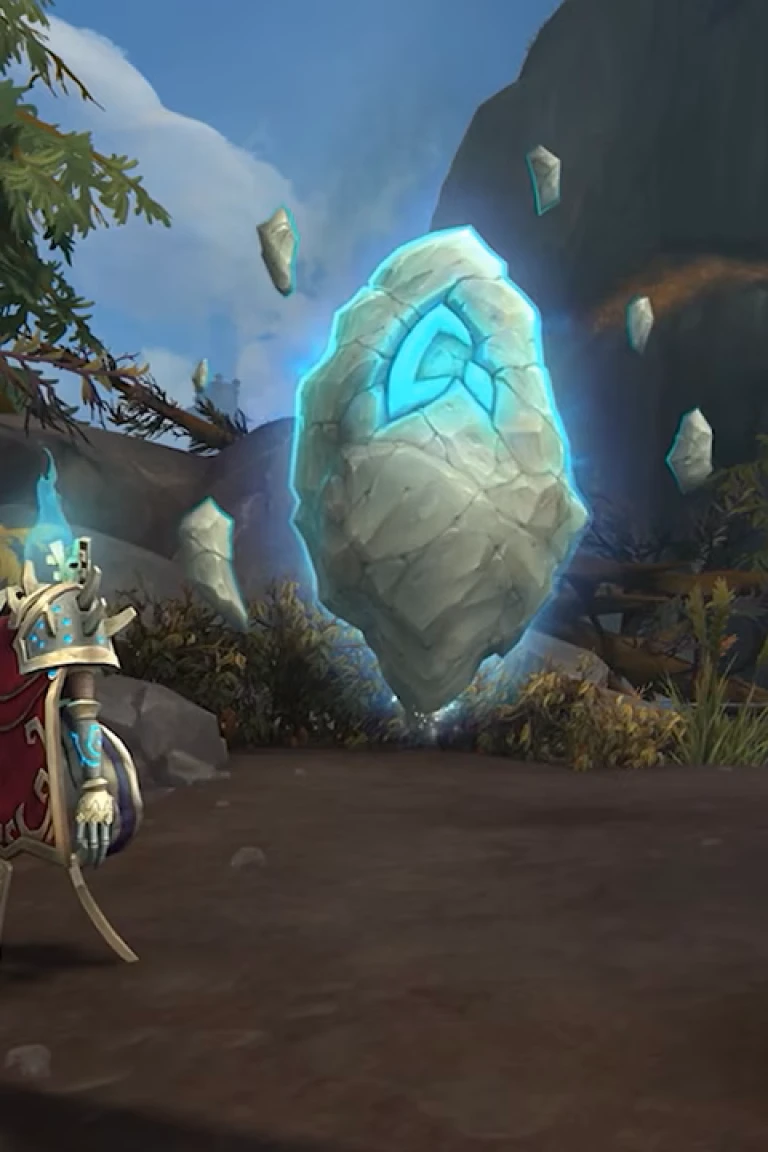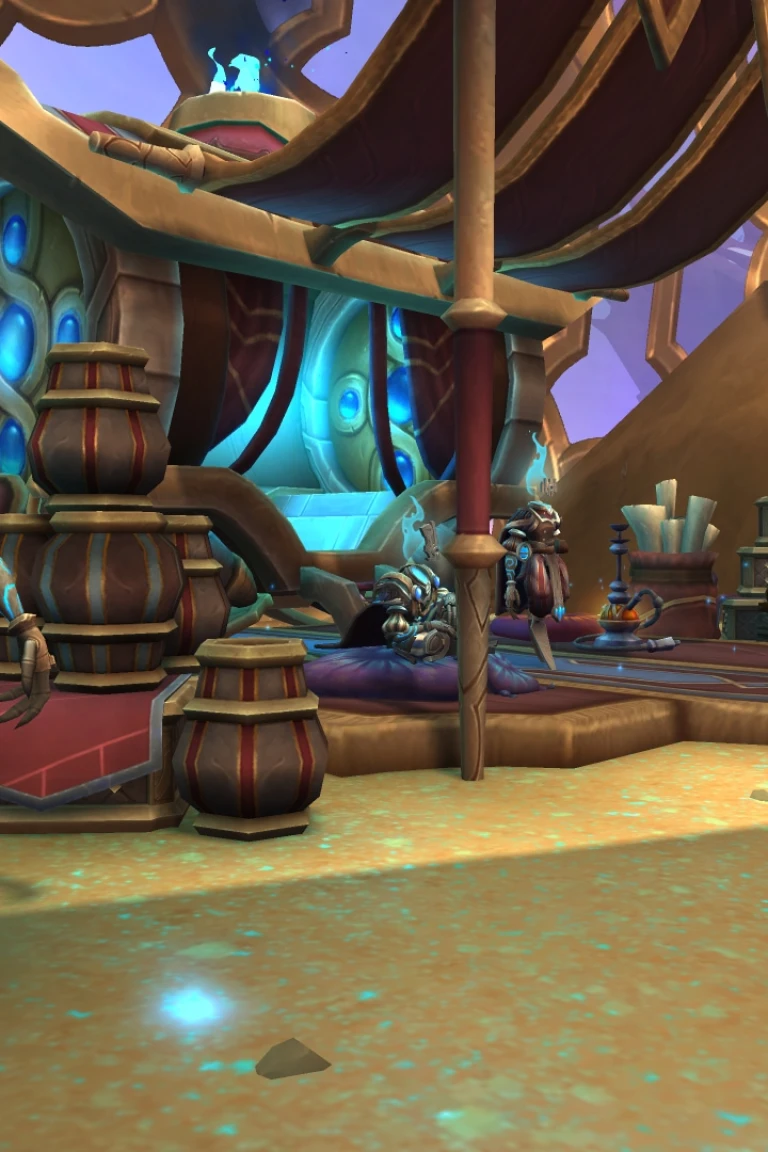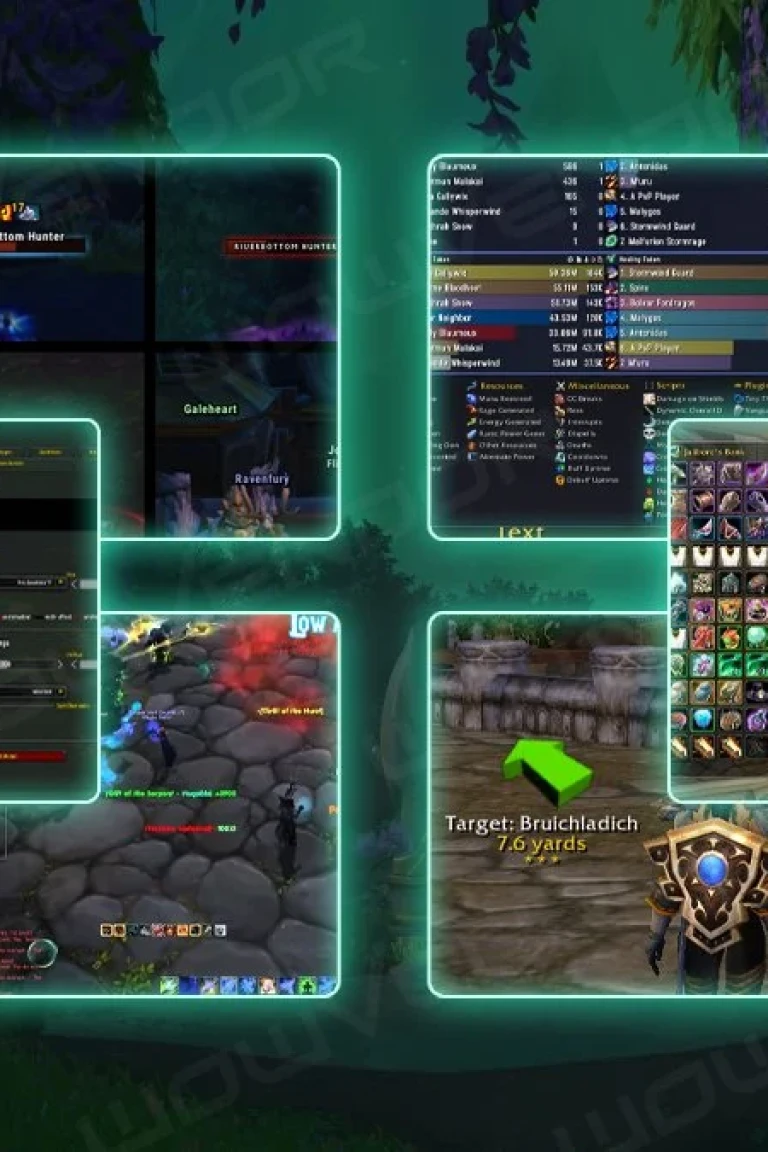Followers Dungeons
Follower Dungeons are a new Dungeon mode where any gaps in your party can be filled with NPCs (Non-Player Characters). This will allow players to explore dungeons at their own pace, without being influenced by the needs or behavior of other players. Initially, this mode will only be activated in the 8 Dragonflight Dungeons in Normal mode.
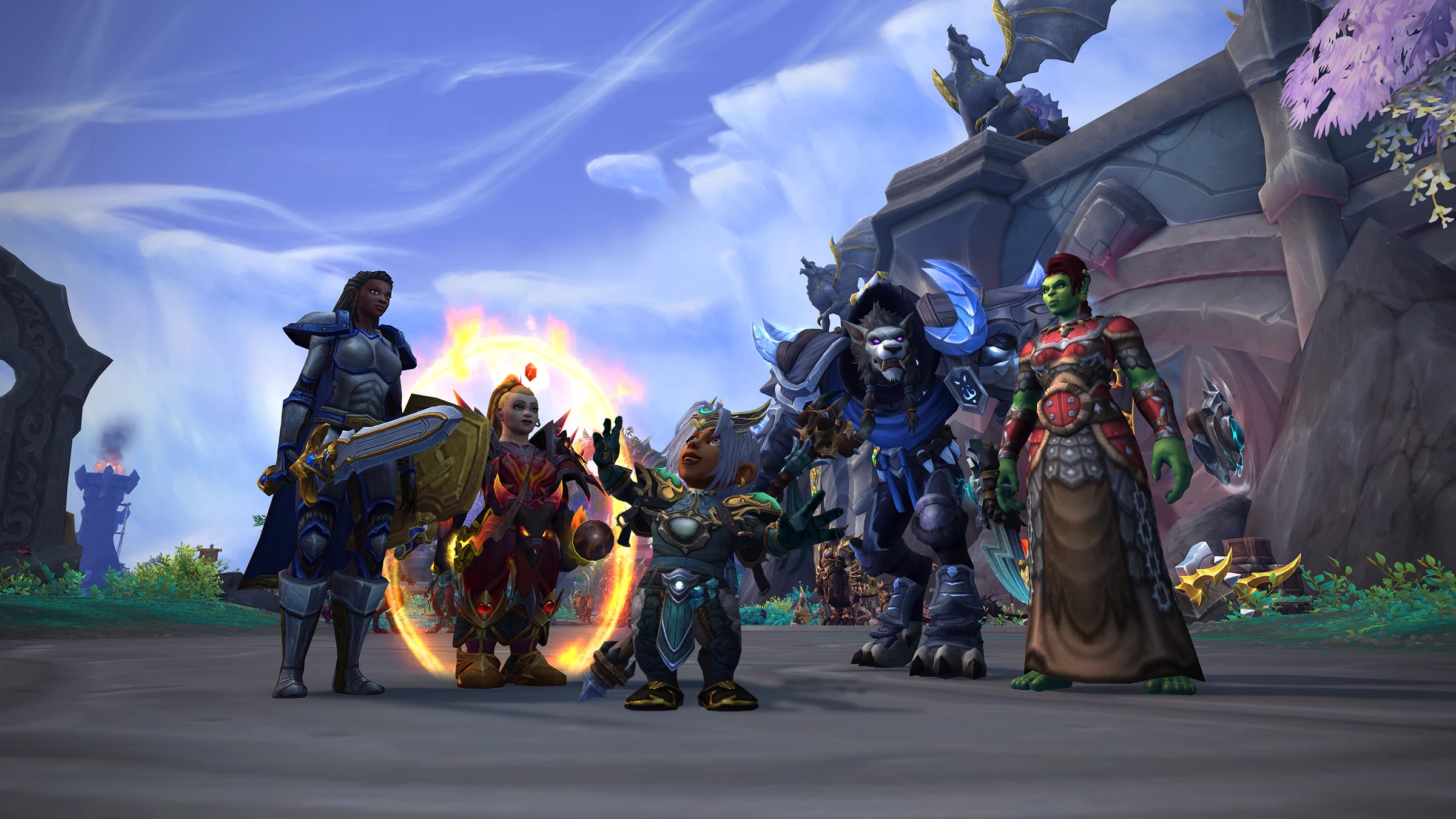
Video
How to Access Follower Dungeons
To start a follower dungeon, simply open the Dungeons and Raids window and select the Dungeon Finder tab. A new queue category will be available: Followers' Dungeons. Starting with the first PTR build of Patch 10.2.5, all 8 Dragonflight dungeons are available in Normal Mode on Followers difficulty.
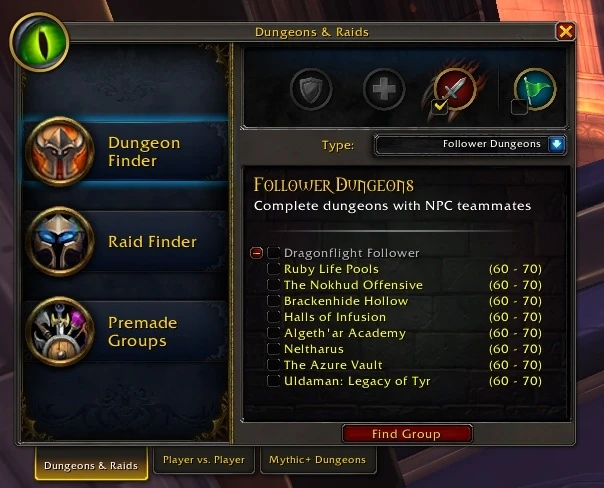
Follower Dungeon Fundamentals
Once you enter a follower dungeon, you will have a party of 4 NPCs with you when you queue alone! When you queue as a DPS, your party will consist of the following NPCs from Dragonscale Exploration. These are all NPCs you originally encountered during the Lands Exile campaign.
- Capitana Garrick, a Protection Paladin
- Figlia della Terra Crenna, a Restoration Druid
- Meredy Caccialesta, a Fire Mage
- Austin Huxworth, a Beast Mastery Hunter with two pets: Nyx and Ash
Inside a follower dungeon, you'll receive a new ability called "Dungeon Assist," which allows you to toggle between having NPCs follow you or have them guide you around the path.
In "Follow" mode, NPCs will follow you and only engage enemies if you attack them first.
In "Guide" mode, NPCs will proceed through the dungeon on their own, behaving as a normal group would.
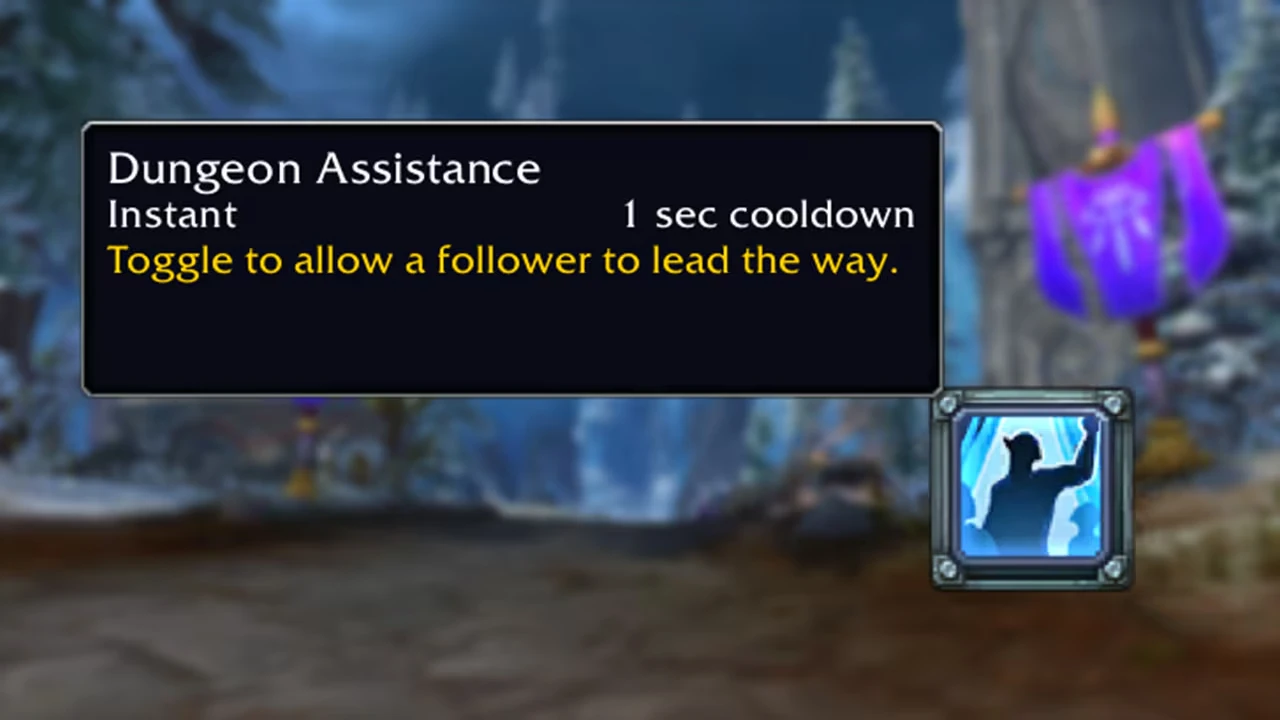
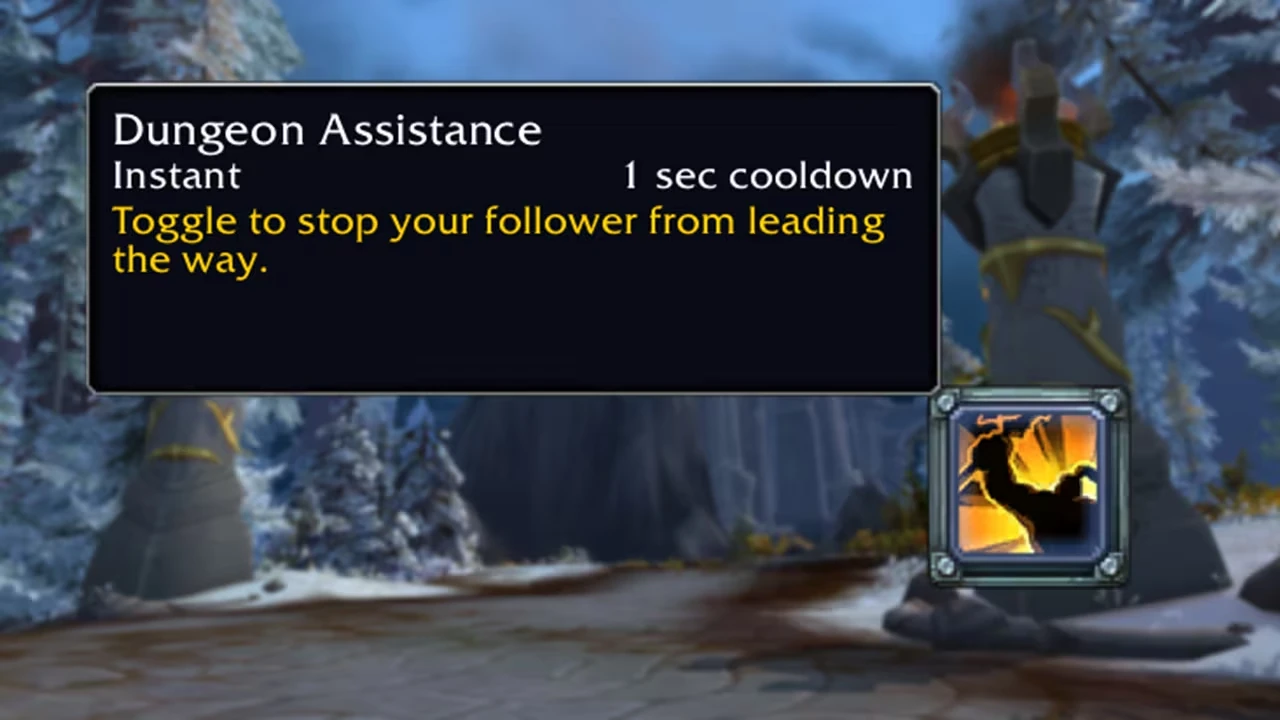
Discover more fantastic news
This website uses technical cookies and, with your consent, also analytical and profiling cookies to enhance your browsing experience and gather information on site usage. By clicking "Accept", you consent to the use of all cookies.
For more details, see our
Cookie Policy.
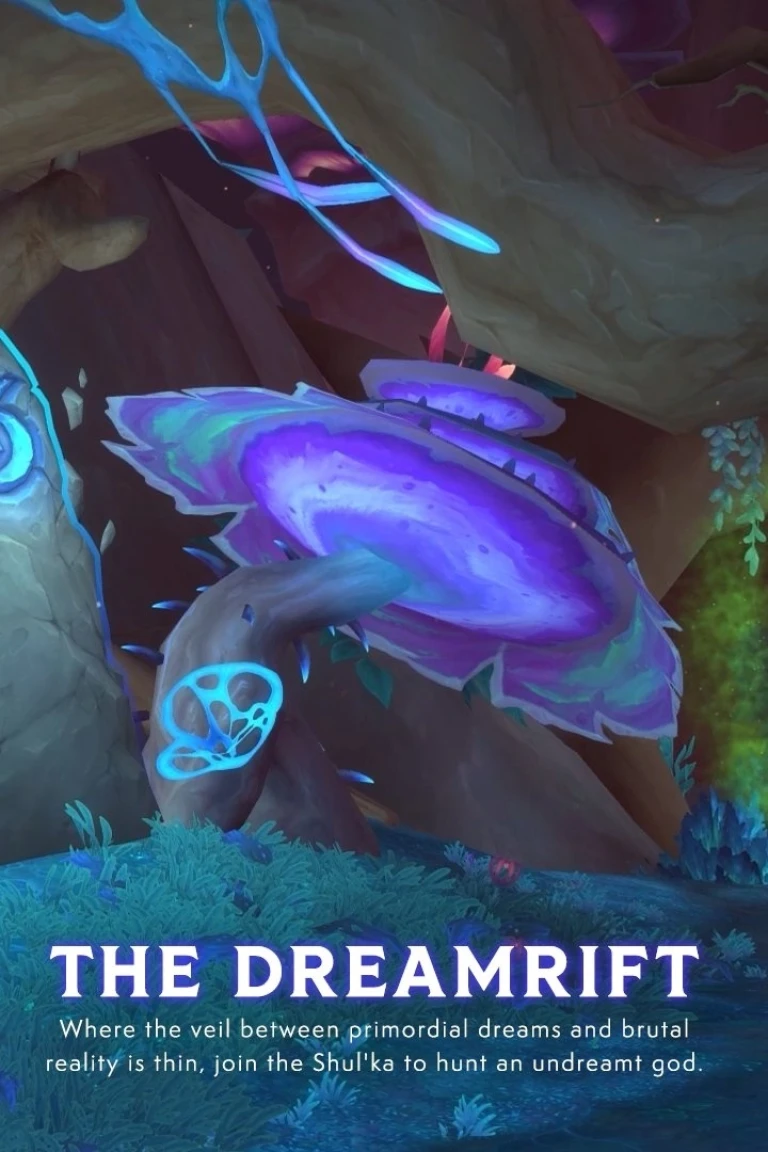
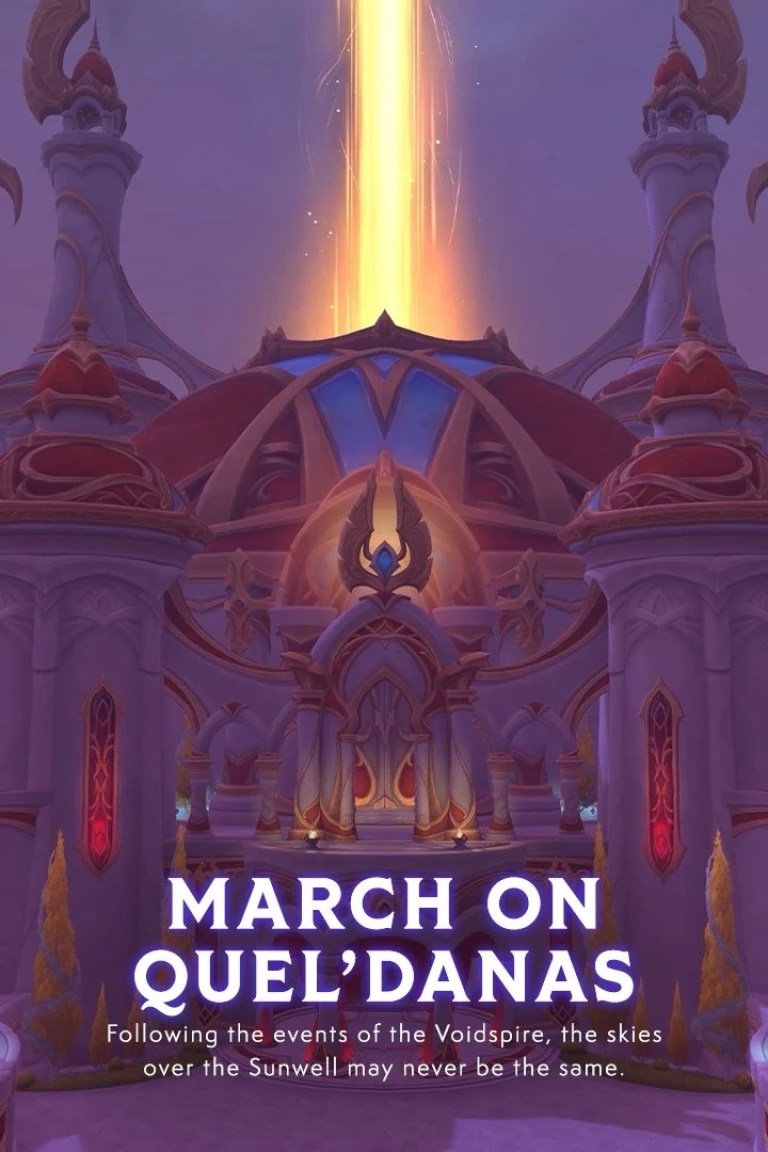
-resp.webp)
